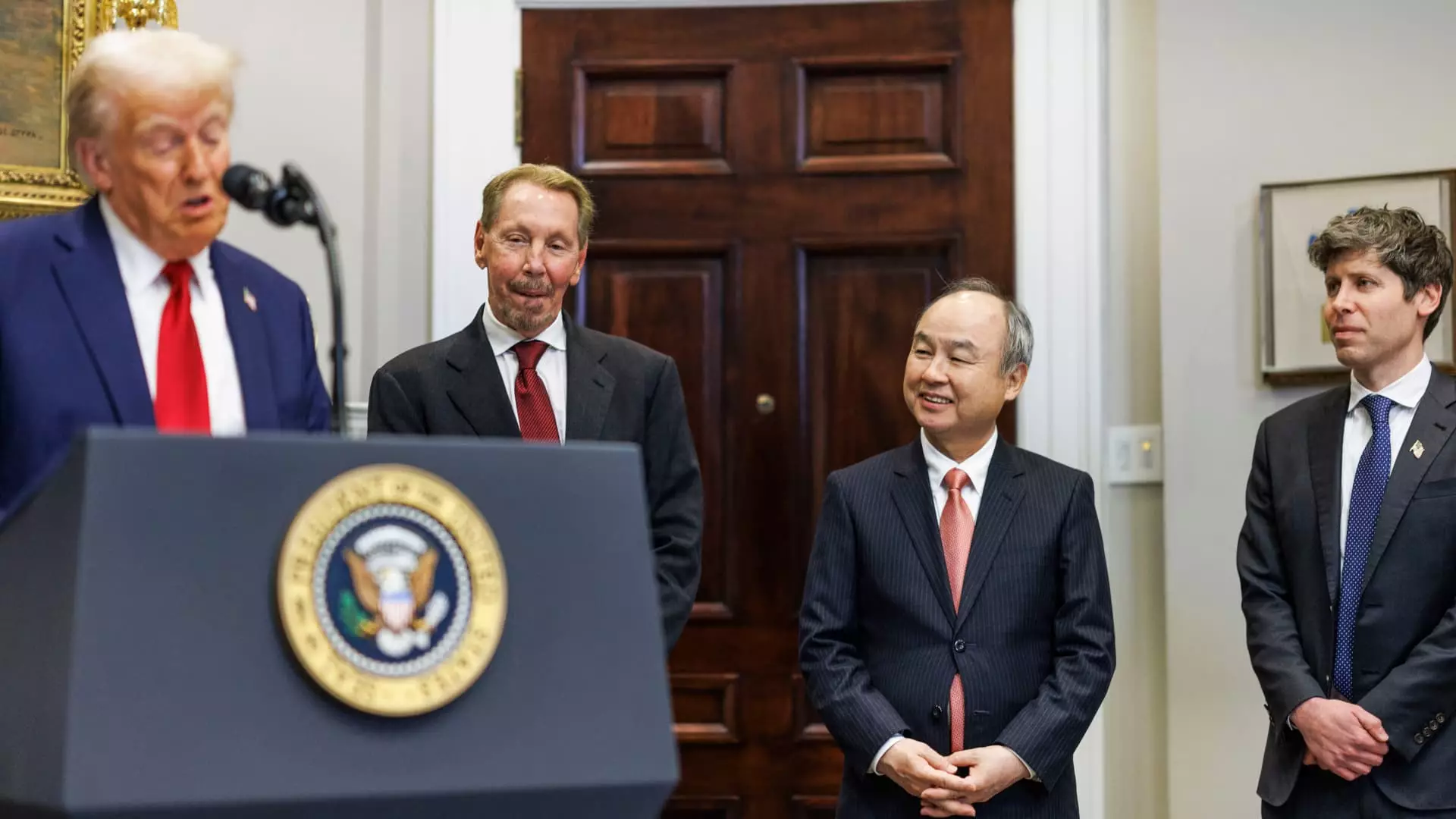The partnership between tech giants Microsoft and OpenAI has generated considerable attention over the past few years, particularly given the rapid advancements in artificial intelligence technology. Once seen as an exclusive alliance, this relationship is now experiencing significant transformations. Microsoft is no longer the sole computing capacity provider for OpenAI, which marks a compelling shift in their collaboration. This development raises questions regarding the future of their partnership and the context behind the changes.
In a recent blog post, Microsoft announced that it would retain a favorable position with OpenAI despite losing its exclusive rights as the sole computing capacity provider. Notably, when OpenAI requires additional processing power, Microsoft has retained the ‘right of first refusal.’ This means that before engaging with other cloud providers, OpenAI must first present its needs to Microsoft, which still leaves a degree of leverage for the tech giant. However, the underlying shift indicates a diversification of resources for OpenAI as its computational requirements grow.
The backdrop of this announcement interconnects with the launch of the Stargate Project, introduced by President Donald Trump. This initiative, in collaboration with Oracle and Softbank, aims to invest billions into artificial intelligence infrastructure across the United States. Such ambitious plans showcase not only the potential of AI technology but also the competitive landscape that companies like Microsoft and OpenAI now find themselves navigating.
Oracle’s involvement in the Stargate Project further complicates the dynamics between Microsoft and OpenAI. As noted during a White House press conference led by Oracle Chairman Larry Ellison, construction of new data centers is already underway, signaling a robust expansion of AI infrastructure in the U.S. With promises to invest up to $500 billion in the coming years, Oracle is positioning itself as a formidable player in a field traditionally dominated by Microsoft, Google, and Amazon.
Interestingly, the partnerships unfolding in this space depict a more competitive landscape. As OpenAI’s partnerships diversify, including third-party providers like Oracle and CoreWeave, the previous reliance solely on Microsoft Azure is diminishing. This trend underscores a crucial transition from a monopolistic feel to a more collaborative approach among tech entities aimed at augmenting AI infrastructure.
Microsoft’s financial investment in OpenAI has been substantial. The $1 billion commitment made in 2019 laid the groundwork for integrating OpenAI’s services into the Azure platform. However, it appears that the growing ambitions of OpenAI may lead to friction. Microsoft has indicated an intent to hold on to OpenAI’s intellectual property, which facilitates crossover into various applications, such as the widely integrated Copilot.
Despite the changing dynamics, OpenAI recently reaffirmed its commitment to increasing its usage of Azure services, reflecting a mix of dependence and independence in their business relationship. While Microsoft continues to secure notable access to OpenAI’s technological innovations, the landscape is rapidly changing, making it apparent that OpenAI is exploring far-reaching options for its computational needs.
Looking ahead, both corporations must navigate this evolving landscape carefully. Microsoft CEO Satya Nadella has acknowledged OpenAI’s ambition, evoking the need for strategic adaptability. The apparent identification of OpenAI as a competitor by Microsoft signals a growing rivalry, one that may dictate the pace of innovation and collaboration in AI sectors.
As more players enter the AI arena, the question arises: Can traditional powerhouses like Microsoft maintain their status quo? Or will emerging partnerships and competitive pressures reshape the future of AI technology? This is a time ripe with potential, but it also carries inherent risks that will impact how both companies align their goals.
In closing, the story of Microsoft and OpenAI is not just about a partnership but rather an exploration of the evolving nature of technology and collaboration in a rapidly shifting digital landscape. The future of AI is bright, but it may be less homogenous than previously thought.

